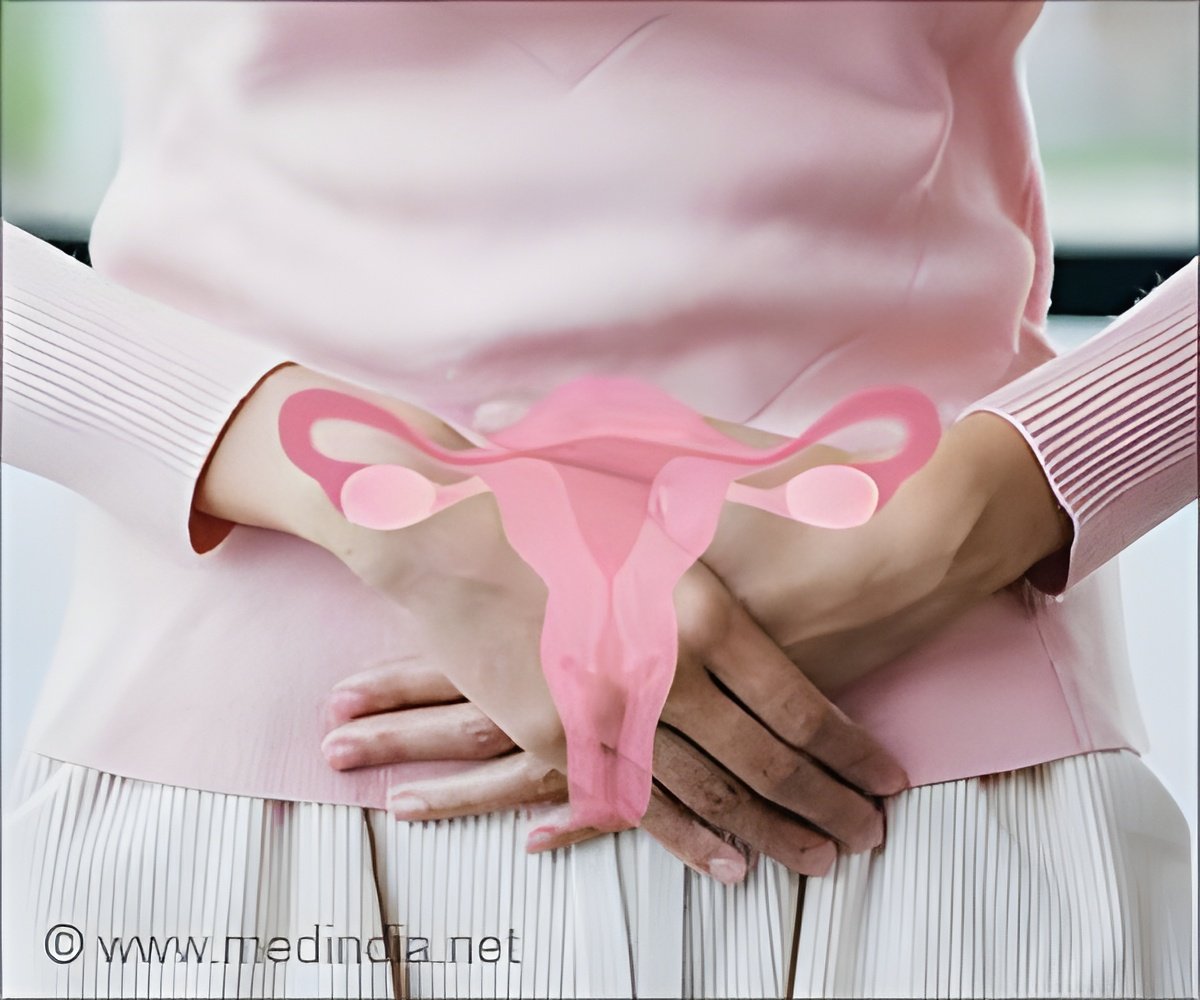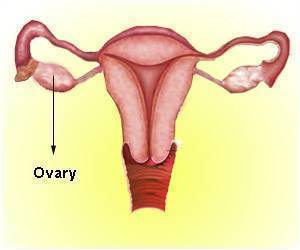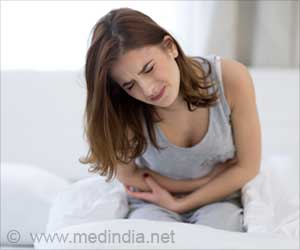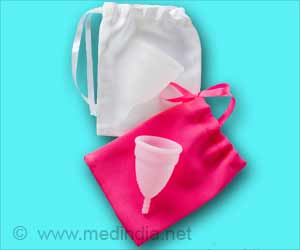A recent study links shorter reproductive lifespans with higher risks of multimorbidity in postmenopausal women.

Recognizing the importance of ovarian aging research
Go to source).
Link Between Reproductive Lifespan and Multimorbidity in Women
In recent years, the impact of reproductive factors on women's health has garnered significant interest. Previous research has highlighted that the ovaries are among the earliest and fastest-aging organs in the female body, leading to menopause typically around age 50.‘Women with shorter reproductive lifespans face a higher risk of multiple chronic diseases. #womenshealth #medindia’





Previous studies have additionally explored the associations of age at menarche and menopause with women’s health outcomes, including their links to risk of cardiovascular disease. One large study involving more than 120,000 postmenopausal women linked the length of the reproductive lifespan with risk of stroke.The duration between menarche and menopause reflects the duration of exposure to endogenous estrogens. In general, the longer the duration, the lower the risk of disease and the more likely that a woman will live longer. This new study involving more than 1,300 postmenopausal Chinese women with an average reproductive lifespan of 34 years is one of the first to study the association between reproductive factors and multimorbidity, which refers to the presence of two or more chronic diseases.
Notably, previous studies have found multimorbidity to be significantly higher in women than in men. For purposes of this study, participants were divided into four quartiles based on the duration of their reproductive lifespans (Q1, ≤32 years; Q2, 33-34 years; Q3, 35-37 years; and Q4 ≥38 years).
Implications for Healthcare Screening and Assessment
Study results confirmed that the longer the reproductive lifespan, the lower the risk of multimorbidity such that postmenopausal women in Q3 and Q4, who had the longest reproductive lifespans, were less likely to have multimorbidity compared with those in Q1, who had the shortest reproductive lifespans. The study also revealed a linear trend such that the longer the reproductive lifespan, the lower the risk of multimorbidity.Because of the study results, the researchers suggest that healthcare professionals should screen and assess reproductive factors to identify high-risk individuals.
Advertisement
“This study highlights the growing body of evidence that links the duration of the reproductive lifespan in women with health outcomes such as cardiovascular disease and mortality. What remains unclear and needs to be studied further is the direction of the association. In other words, does the presence of multiple chronic diseases cause the ovary to stop functioning earlier, or are the chronic diseases the result of the ovary “timing out” earlier?” says Dr. Stephanie Faubion, medical director for The Menopause Society.
Advertisement
- Recognizing the importance of ovarian aging research - (https://www.nature.com/articles/s43587-022-00339-0)
Source-Eurekalert















